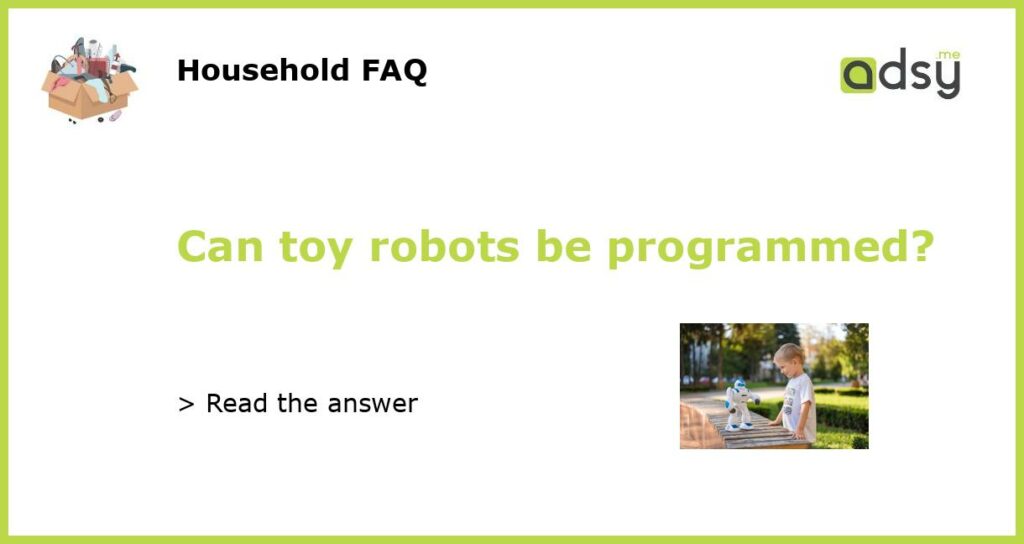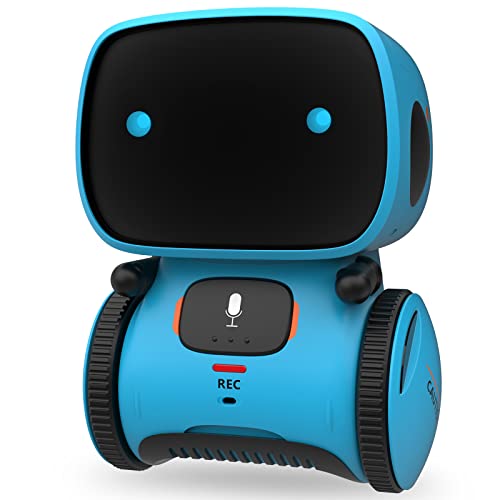Toy robots and programming
Toy robots have come a long way in recent years. From simple battery-operated machines that can walk and make sounds, they have evolved to become programmable toys that can be customized and controlled by kids and adults alike. Programming toy robots is not only a fun and engaging activity, but it also helps develop important skills such as problem-solving, logical thinking, and creativity.
Why program toy robots?
Programming toy robots allows users to take control and make their robot perform various actions and tasks. This hands-on experience helps individuals understand the basics of programming and how computer systems work. It also allows them to experiment, test theories, and be creative in finding solutions to different challenges.
Moreover, programming toy robots can be an educational tool for teachers and parents to introduce children to STEM (science, technology, engineering, and mathematics) subjects. By engaging in programming activities with toy robots, children can develop essential skills that are in high demand in today’s digital world.
How do toy robots work?
Toy robots usually come with a remote control or a programming interface that allows users to input commands or sequences of actions. Some robots use graphical programming languages that make it easier for beginners to understand and create simple programs, while others use text-based coding languages that provide more advanced options and flexibility.
Once the program is inputted or created, the instructions are processed by the robot’s internal microcontroller, which then controls the robot’s movement, sounds, sensors, and other capabilities. This allows the robot to execute the programmed actions, such as moving in a specific direction, playing a melody, or responding to stimuli in its environment.
Toy robot programming platforms
There are several toy robot programming platforms available in the market today, catering to different age groups and skill levels. Some popular options include:
LEGO Mindstorms: LEGO Mindstorms is a popular robotics platform that allows users to build and program their own robots using LEGO bricks and a programmable brick called the EV3. It comes with a visual programming interface that makes it easy for beginners to get started.
Sphero: Sphero offers a range of programmable robots, including the popular Sphero Bolt and Sphero Mini. These robots can be programmed using the Sphero Edu app, which provides both block-based and text-based coding options.
Anki Vector: Anki Vector is a small robot with advanced AI capabilities. It can be programmed using Python, allowing users to create more complex programs and interact with Vector in a more sophisticated way.
The benefits of programming toy robots
Programming toy robots offers several benefits, both for children and adults:
1. Educational value: Programming toy robots introduces individuals to coding and computational thinking. It helps develop problem-solving skills, logical reasoning, and creativity.
2. Hands-on learning: Toy robots allow users to interact directly with technology, giving them a practical understanding of how things work. They can experiment and learn from their mistakes, gaining a deeper understanding of programming concepts.
3. Critical thinking and innovation: Programming toy robots encourages users to think critically and find innovative solutions to problems. It fosters a mindset of exploration and experimentation.
4. Collaborative learning: Some toy robots offer multiplayer options, allowing users to collaborate and work together to achieve common goals. This promotes teamwork and communication skills.
5. Future skills: As technology continues to advance, programming and robotics skills are becoming increasingly valuable in the job market. Programming toy robots can help individuals develop skills that are in high demand.
In conclusion, toy robots can indeed be programmed, and doing so offers numerous benefits. Whether for educational purposes or simply for fun, programming toy robots allows individuals to exercise their creativity, problem-solving skills, and logical reasoning. With the wide range of programming platforms available, there is a toy robot suitable for every age group and skill level.






